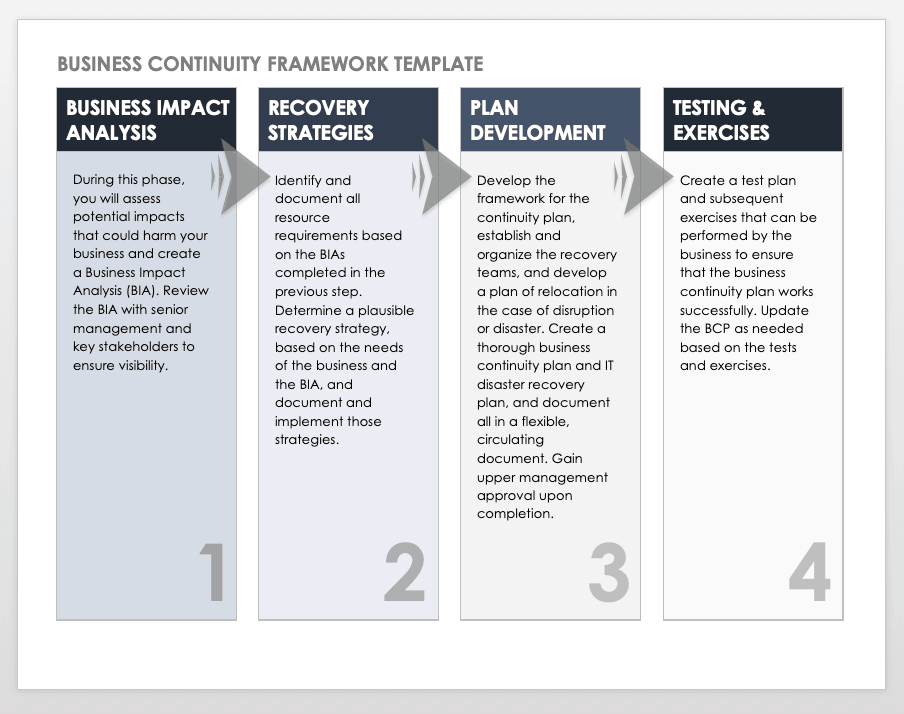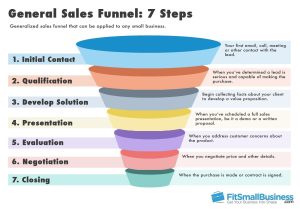
How to Create a Business Continuity Plan
In a fast-paced technological world, disruptions and disasters can potentially lead to significant business downtime and financial losses. To safeguard your company’s continuity, it is crucial to have a well-thought-out business continuity plan (BCP) in place. This article will guide you through the process of creating an effective BCP that ensures your business is prepared for any unexpected event.
1. Identify Potential Risks
The first step in creating a BCP is to identify potential risks that could impact your business operations. These risks can include natural disasters, cyber-attacks, power outages, hardware failures, or even pandemics. Evaluate the likelihood and potential impact of each risk to prioritize your planning efforts.
2. Assess Critical Business Processes
Identify the critical processes and systems necessary for your business to function. Consider how each process is dependent on technology, staff, and other resources. Prioritize these processes based on their importance and create backup plans to ensure their continuity in case of disruptions.
3. Define Roles and Responsibilities
Assign specific roles and responsibilities to individuals or teams within your organization. Each person should have a clear understanding of their duties during a crisis. Designate a crisis management team and outline their responsibilities, such as communication, decision-making, resource allocation, and coordination with external entities.
4. Develop Communication Strategies
An effective BCP requires robust communication strategies. Establish communication channels to keep employees, stakeholders, and customers informed during a crisis. Use multiple channels such as email, text messages, social media, and internal communication tools. Ensure all necessary contact information is up to date and readily accessible.
5. Implement Data Backup and Recovery Measures
Data is the lifeblood of many businesses. Implement reliable backup systems to protect your critical data. Regularly back up your data and store copies in secure offsite locations or on cloud-based platforms. Consider incorporating automated backup solutions to minimize manual effort and enhance efficiency.
6. Test and Review the Plan
Regularly test your BCP to evaluate its effectiveness and identify any potential weaknesses. Conduct mock simulations and exercises to assess the response and coordination of your crisis management team. Revise and update the plan as needed based on the insights gained from these tests.
7. Train and Educate Employees
Employees play a crucial role in successful business continuity. Train and educate your employees on their roles and responsibilities in executing the BCP. Conduct regular training sessions and provide resources to improve their awareness and preparedness.
8. Establish Relationships with Vendors and Partners
Incorporate your key vendors and partners into your continuity planning. Establish communication channels and agreements in advance to ensure their support and collaboration during disruptions. Maintain a list of alternative suppliers or service providers for essential resources.
9. Stay Informed and Updated
Stay informed about emerging risks and technological advancements that could impact your business. Continuously monitor industry trends, cybersecurity threats, and regulatory changes. Regularly update your BCP to incorporate new knowledge and insights.
Conclusion
Creating a business continuity plan is vital for any technology-driven business. By identifying potential risks, assessing critical processes, defining roles, implementing effective communication strategies, and ensuring data backup and recovery measures, you can enhance your business’s resilience and minimize downtime during unexpected events. Regular testing, employee training, and staying informed are also crucial components of a successful BCP. Start creating your plan today to safeguard the continuity and success of your business tomorrow.

